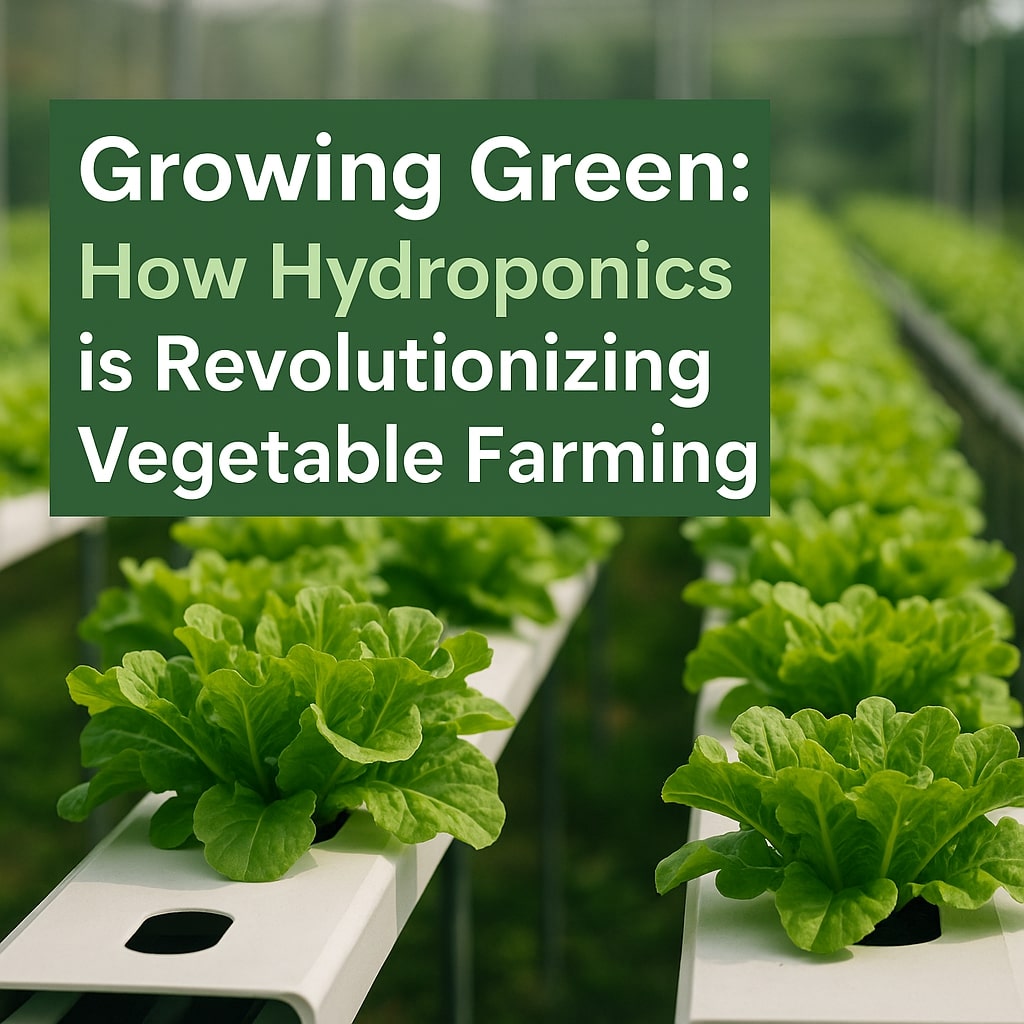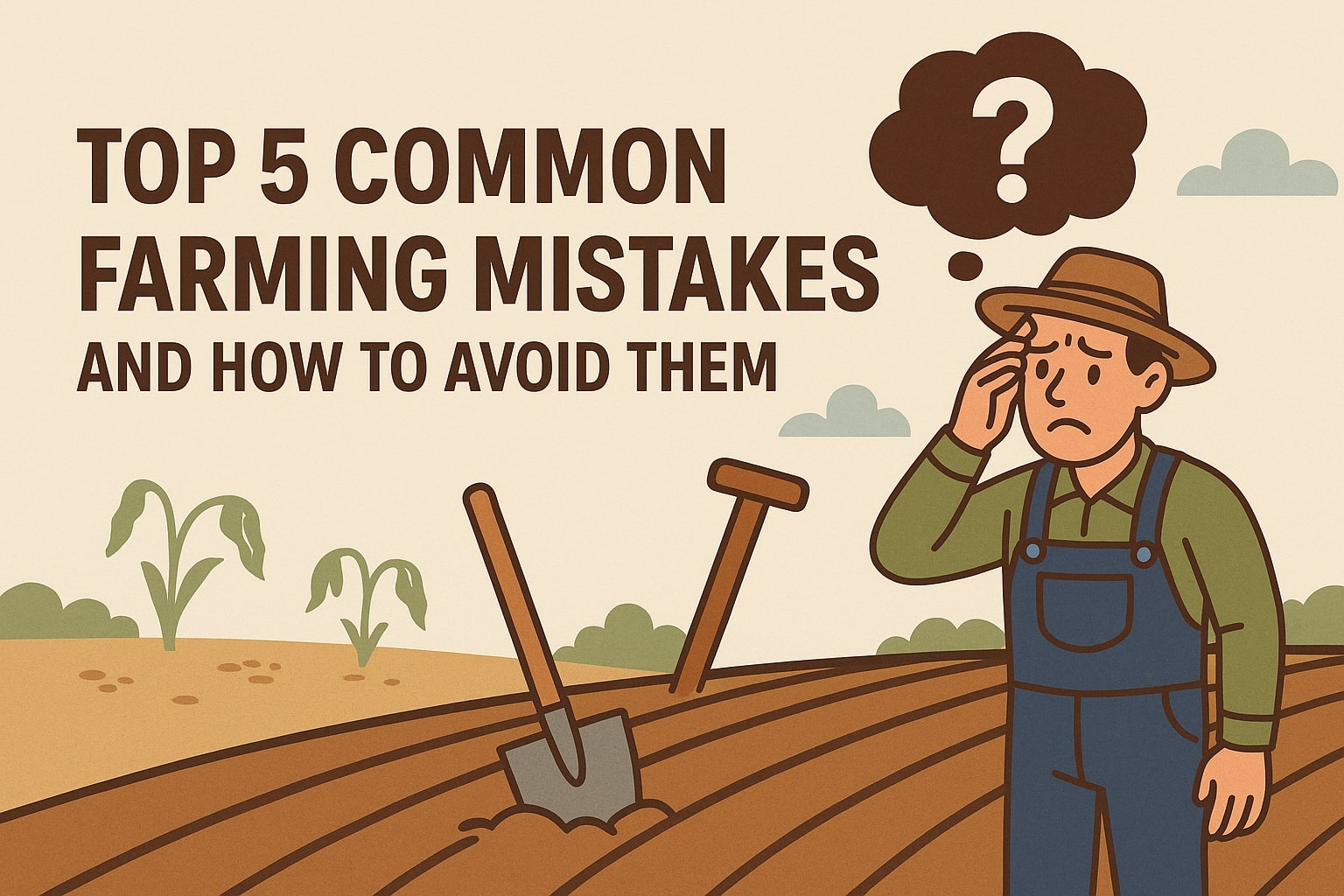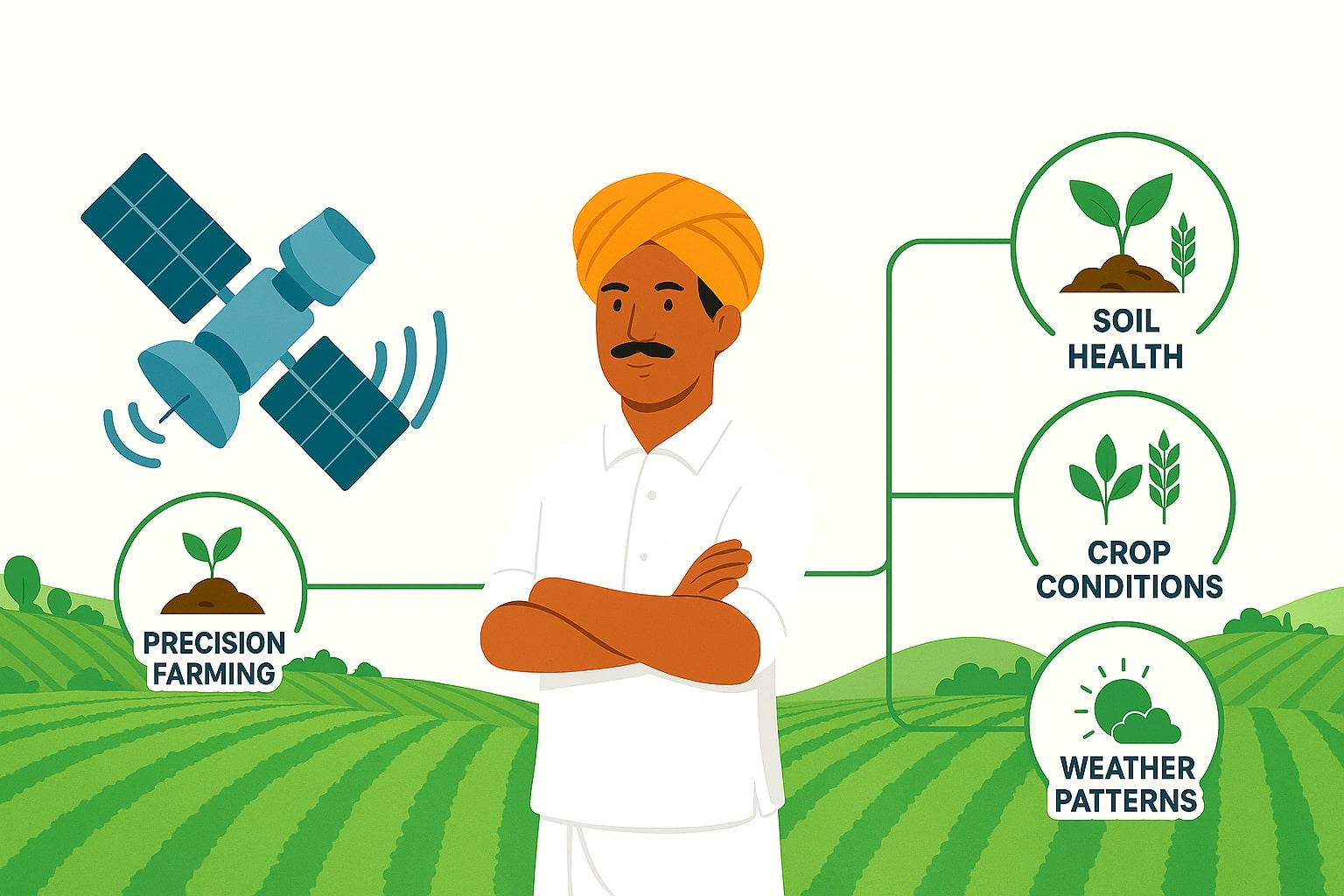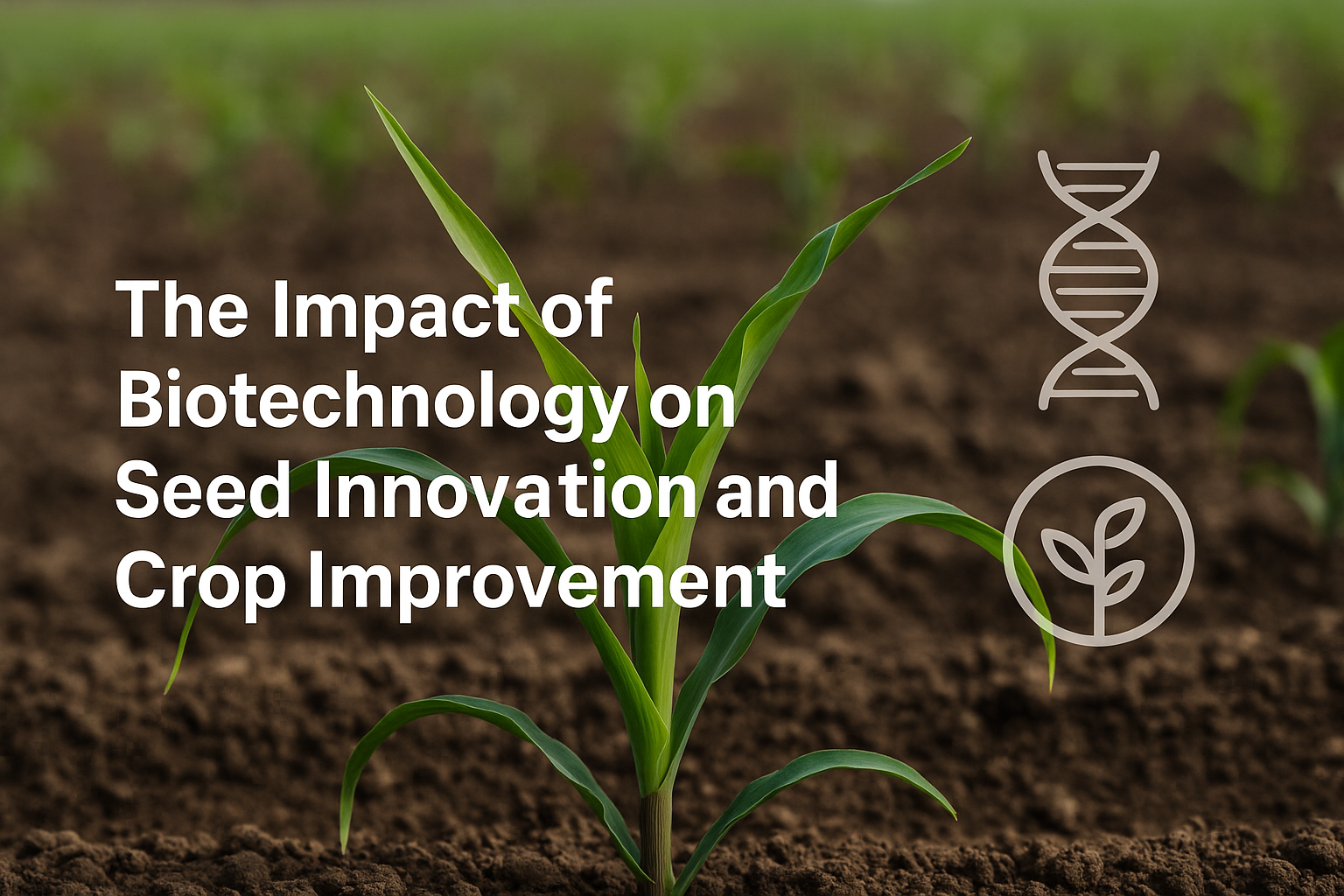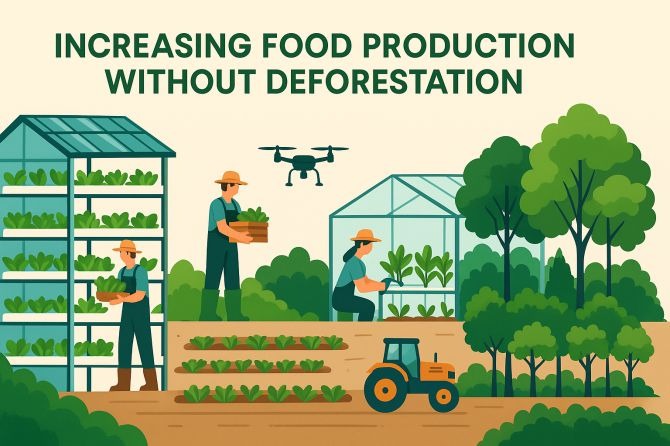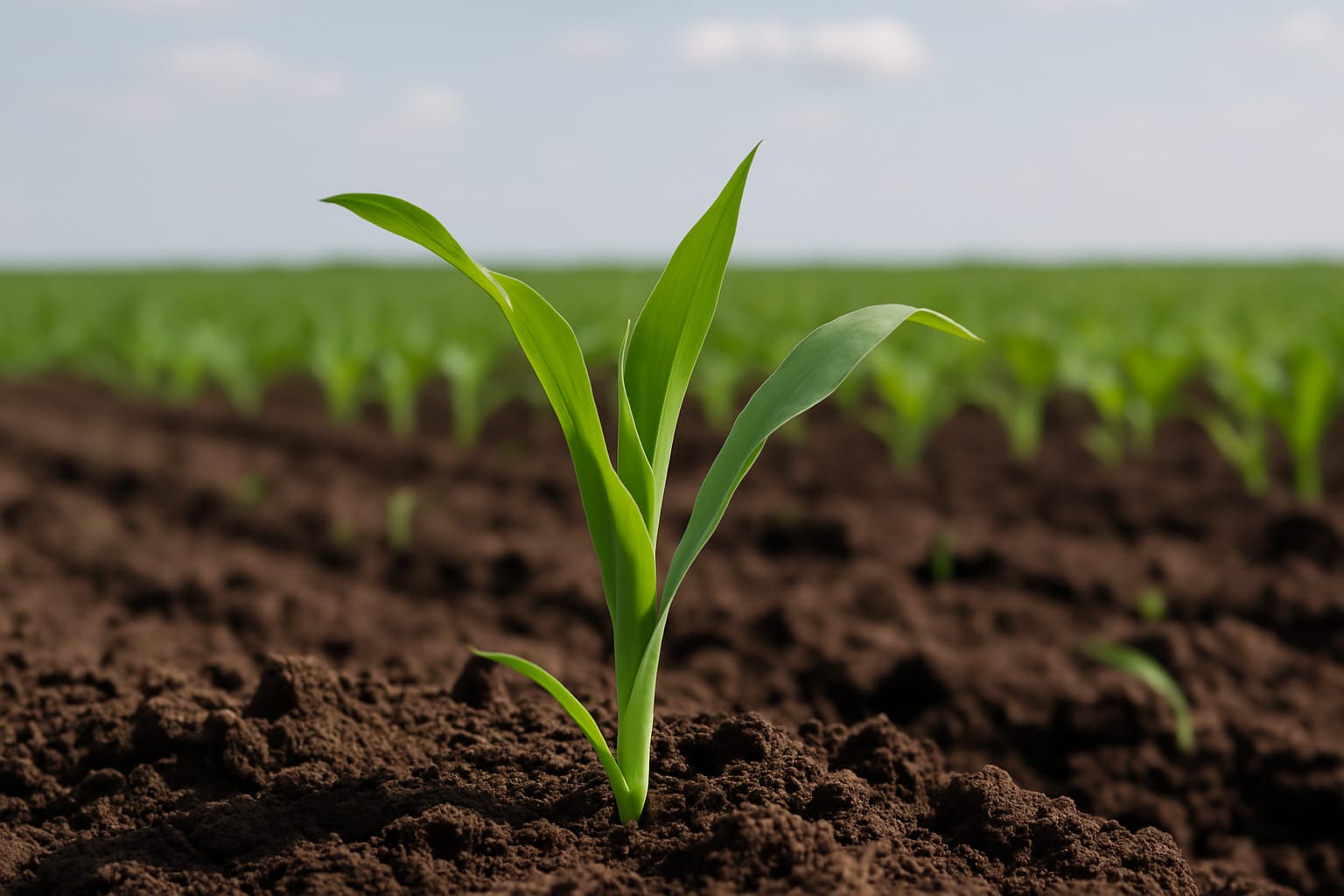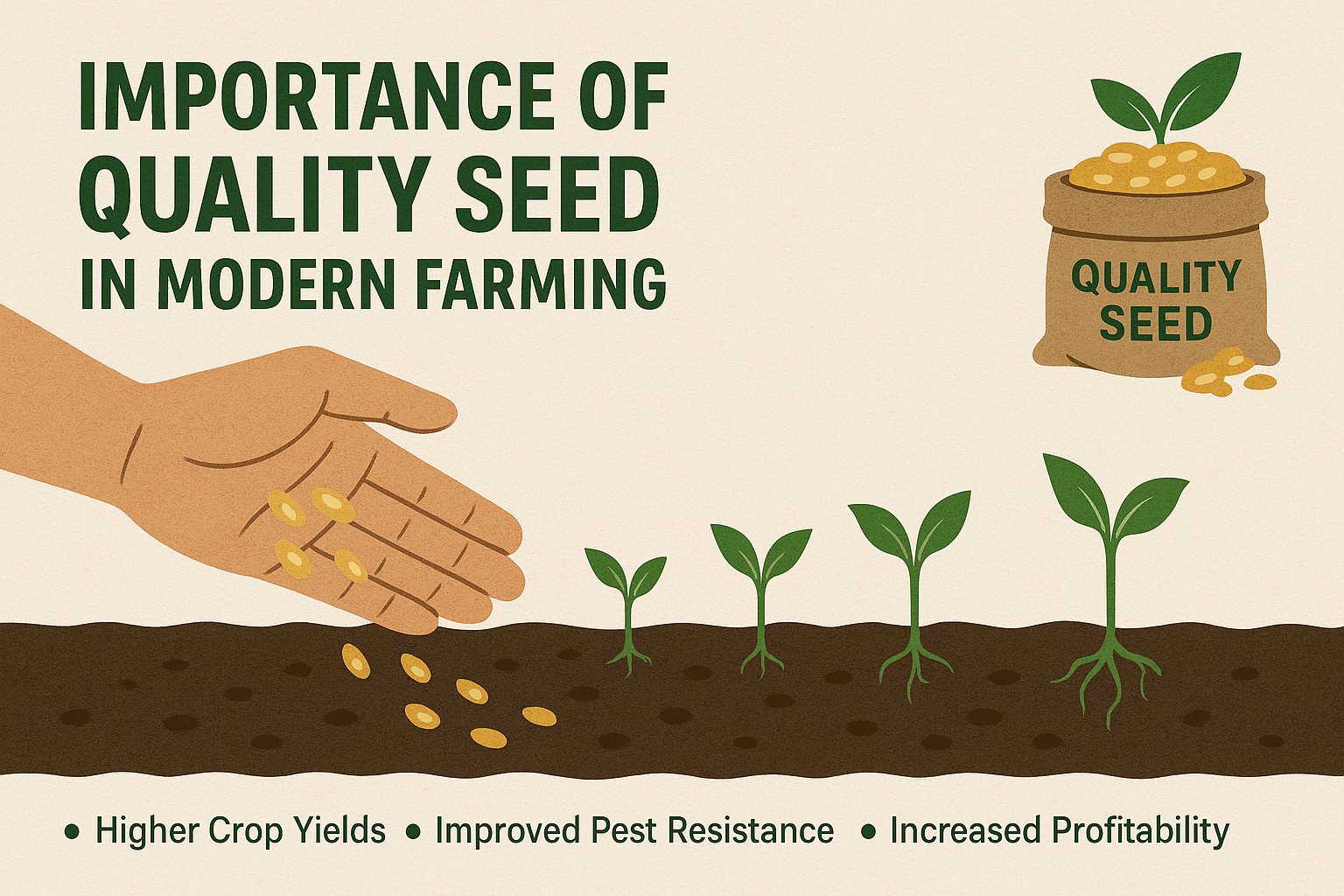Hydroponics is a technique of cultivation of plants without using soil by using only water as a growing medium for plants. In this system, nutrients or a growing medium are incorporated into the water to support plant growth. Hydroponics is revolutionizing the way we produce vegetables—without soil, and with much more efficiency. This pioneering method employs nutrient-rich water solutions to feed plants; an environmentally friendly option compared to conventional farming.
By conserving water, avoiding destructive chemicals, and supporting cultivation throughout the year, hydroponics presents a cleaner, greener way of producing food. With mounting concerns about climate change and food safety, hydroponic farming emerges as a wise, environmentally conscious option.
Requirements of Set-up for Hydroponics System:
- Lightning System: Some of the hydroponics system are setup outdoor as it use natural sunlight but some hydroponics system are setup indoor and they need artificial light facilities like plant grow light bulb, which regulates the growth of plant efficiently.
- Air: It is essential for photosynthesis process, in Hydroponics system air is supplied through fans and filter system.
- Grow Room: Construction of good grow room is necessary for providing different types of growing environment to different plants for getting high yield on a large scale.
- Substrate: Different types of substrates are used in hydroponic systems, such as coir peat, perlite, sand, gravel, wood fiber, and rice husk.
- Pumps: Pumps are essential in Hydroponics system as it regulates the nutrient media directly to the root zone of the plant.
- Reservoirs: It is used to store the nutrient media.
- Nutrient Media: Nutrient media includes essential nutrients that are micro and macro- nutrients, which directly enhance the growth of plants.
- Electronic Meters: It helps to accurately maintain the pH level, temperature and conductivity of the media.
Benefits of Hydroponics System:
- Gives high yield.
- No use of harmful chemical substances.
- There is no chance of soilborne diseases and pests as it is soil-less farming.
- It needs less labor.
- Sustainable and eco-friendly approach.
- It conserves water in adequate quantity.
- Responsible for growing best and high quality and quantity of product.
- Crops grow with a faster rate when compare to traditional method.
Hydroponics is not only a modern farming technique, it’s an eco-friendly, sustainable answer to increasing demand for fresh, healthy vegetables. By eliminating soil, saving water, and allowing year-round production, hydroponic systems provide a clean, high-yielding, efficient alternative to conventional agriculture. As a commercial producer or enthusiast gardener, embracing hydroponics can translate into improved produce quality, less environmental strain, and higher profitability.
As global warming and limited resources become increasingly critical, the move toward soilless farming techniques such as hydroponics is not merely cutting-edge—it’s critical. Explore the world of hydroponics today and be among those charting the course of the green revolution that is defining the future of agriculture.
